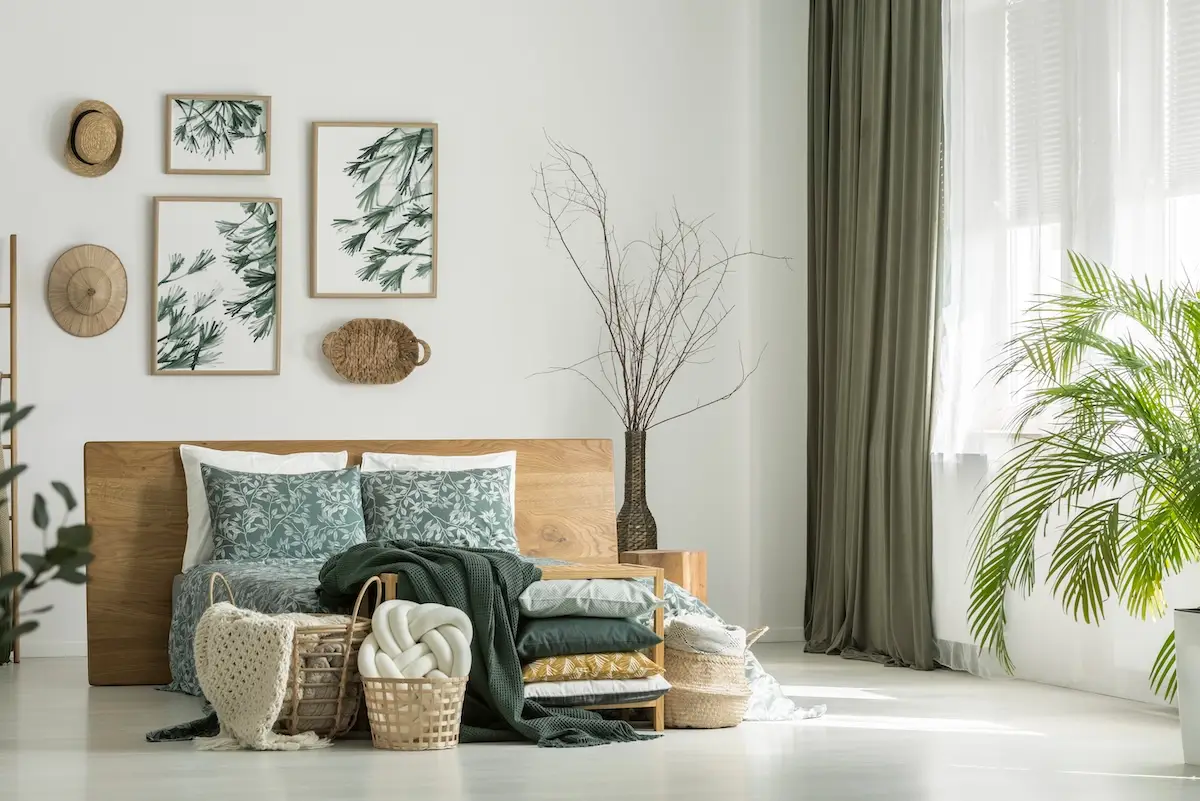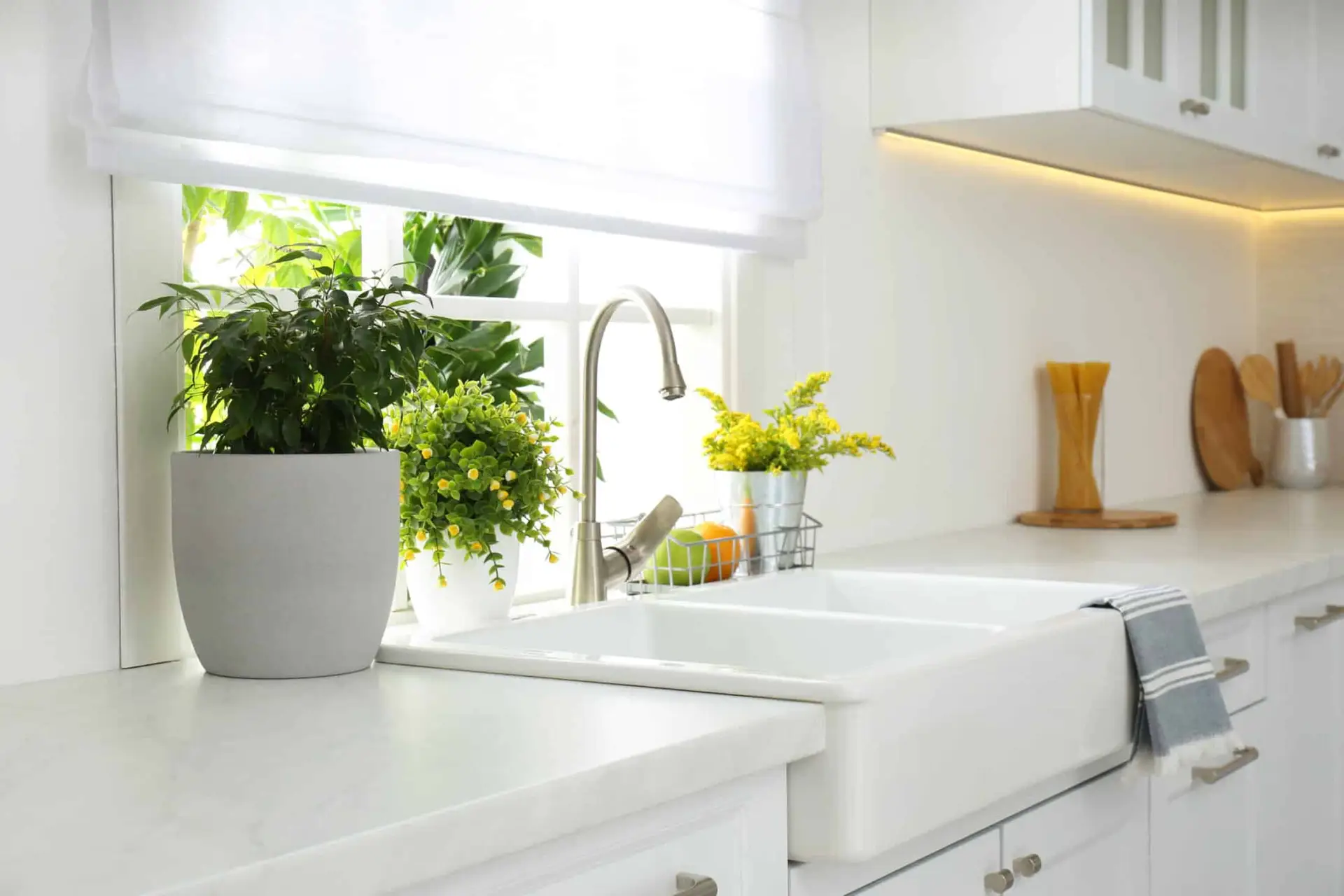Framing art is an artistic expression all by itself. A good interior designer will recognize the need for well-framed art and tell you which room it should go in. Different types of art also require various frames. So when in doubt on how to frame art, talk to your interior designer!
Match Frame to the Art
Instead of matching the frame to the existing décor, you should always match the frame to the artwork. The best frames highlight the beauty without overpowering the artistic focal point. If you see something you can’t live without, go ahead and buy it. The best interior designers will always know how to frame art that you love and give you suggestions on where it should go in your home.
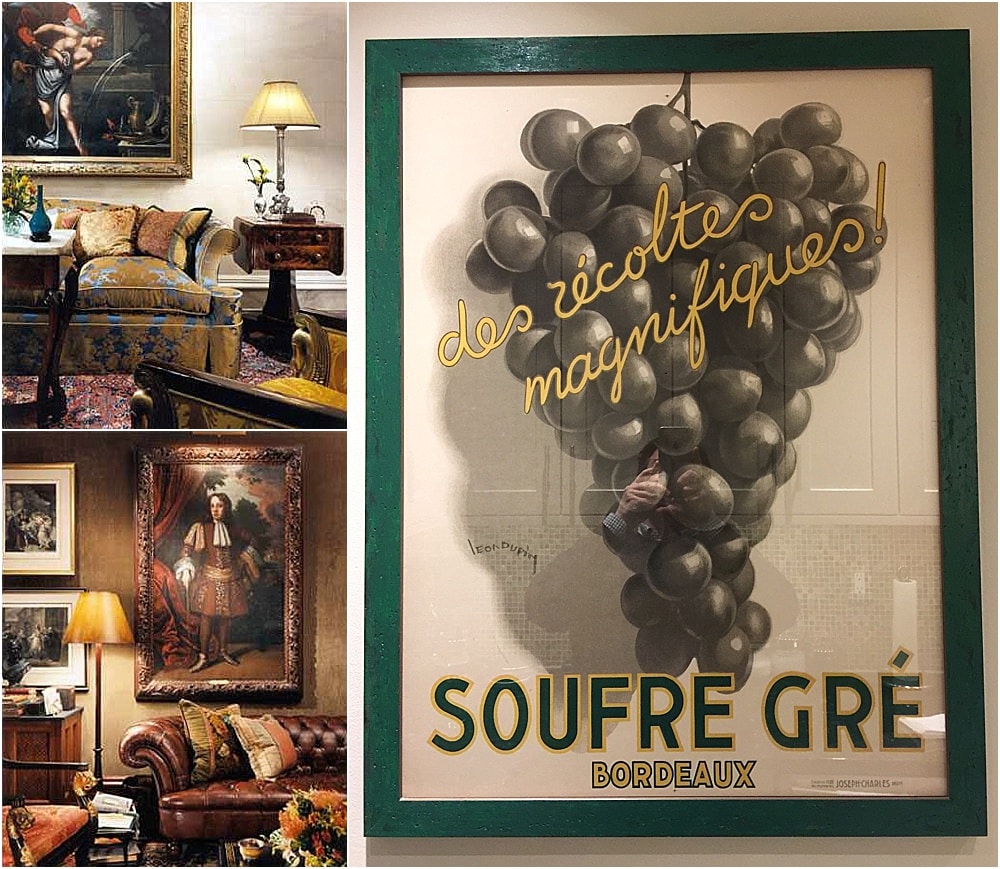
Remember, art can always be moved to a new location. It doesn’t have to stay in a single place the entire time you own it. Be willing to be versatile, and your interior designer will be happy to give you pointers. You can even mix the frames for a unique style that is all yours.
Add a New Frame
Don’t discount a piece of artwork that you love just because you’re not crazy about the frame. If you look at a print or a painting and think that you’d love it if the frame were different, that’s okay. All you need to do is replace the frame with something that better complements the look. As long as it complements the art, you’ll be doing great. If you want suggestions or feedback, ask your interior designer.
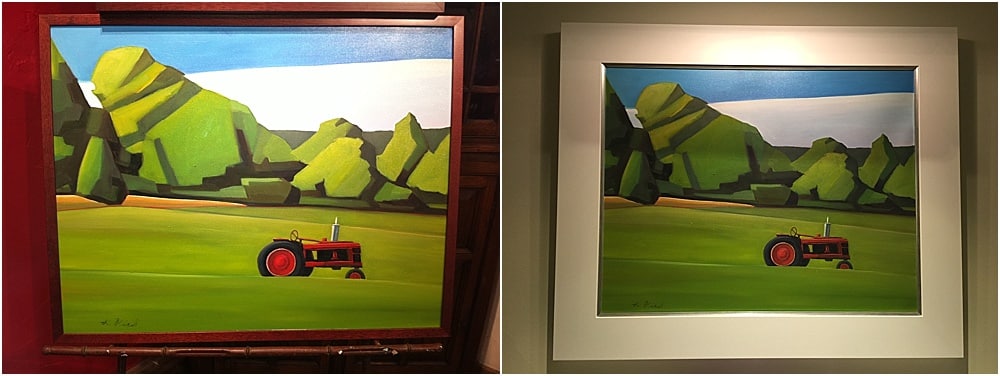
You can even go the vintage frame route if you’d like. Since antique styles are on-trend, not only can you improve a piece of art with a new frame, but choosing a vintage frame keeps you current. You can find authentic vintage frames at thrift stores and antique shops. If you’re in the market for a vintage frame, you might want to snap a photo of the artwork you want to frame so you can pick the best frame for the art when you’re out.
Try Floater Frames
Floater frames add extra visual interest because of the way your art is mounted within the frame. For an illusion of art floating inside of your frame, floater frames add depth to your display. You can find them in any material and various widths.
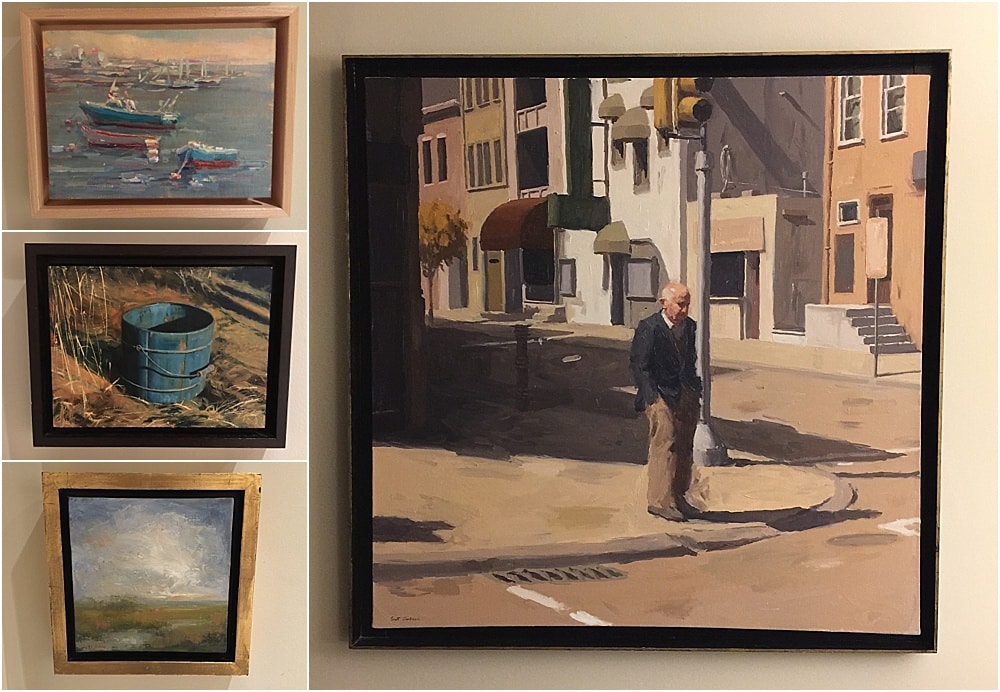
These particular frames are designed for canvas-based pieces, so you need to verify that the frame appropriately matches the canvas frame for the best result. Your interior designer can help you select your canvas-based prints if you don’t already have something in mind.
You’ll love floater frames because they make any artwork look like fine art that you would see in a gallery. Galleries and museums prefer this type of mount because the image does not touch the glass and preserves it from possible damage or accidental contact.
Knowing When to Mat
You might also consider framing your art with a mat. Mats look best with sketches, prints, and watercolor art. Mats are meant to focus more on your art, so the best mats for most art are understated in shades of white or gray. If you want something more dramatic, consider a black mat to really make your art pop.
When selecting a frame to use on matted art, you want something that complements the art. Always let the art guide you in your choice. If you’re unsure, a classic white gallery-style frame is the best option. Alternatively, ask your interior designer for input on what would be best for that particular piece of art.
Framed Art Makes a Statement

The type of frame you choose for your art makes a statement about how you see that piece of art. Matched frames indicate that you recognize artistic quality. Replacing the frame with something better tells a story saying that you love art and don’t mind taking that extra step to make it better. Floater frames indicate you know quality pieces and enjoy a dramatic effect. Matted art lets everyone know that you know when to use a mat and when to not because not every piece looks good in a matted frame. Your interior designer can walk you through making these choices to make sure your art is displayed at its very best.


